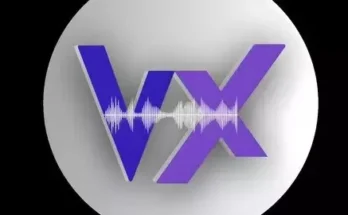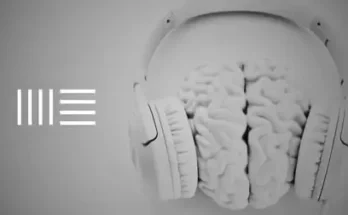Theory & Chord Progression TUTORiAL
P2P | 20 August 2022 | 1.28 GB
1. Reading notes
In this part, we will learn everything you need to know about notes for music theory. We will go through the very basic steps of reading notes on the staff, and locating them on the piano keyboard. We will start from zero and go to mastering notes. It’s a very fun way, and you will learn it within minutes. And will get perfect while you’re progressing through the course.
2. Spacing
Learn what are the black keys, and the strange notations like # . . . ♭ . . . ♮ . . . ?And how to use them for chord progression.
By steps and annotations, I mean everything between the white basic 7 notes A,B,C,D,E,F,G. The goal of this part is to prepare you for the last phase of playing chords. And it’s important because it lets you understand everything behind the notes, and how black keys works. We will simultaneously see the notes on the piano keyboard, and on the staff, so you have nothing left behind. We will learn what are steps, and what is the music annotations that you will need the most.
3. Major and Minor
We will go through everything related to Major & minor scales and the theory behind them. Why is this major? What can I create out of this?
I will direct you how to recognize minor and Major patterns through a secret formula that you can use it along the way. After learning how to differentiate between the two, you will grasp all the scales without exception that exist in music. With a technique I will share it with you, you will have a deeper insight into how music is created based on sad or happy emotions. At that point, we will know through something that is called “key signature.” This is how scales are written on the staff, so musicians can play it.
4. Intervals
At this place, the student will acquire what are the various types of intervals, from unimportant ones to big ones. He will also learn how to combine two types of intervals to make something that helps us build chords later on in this course, and will go through Major and minor types on an interval. Then we will learn something called scale degrees, and it’s to identify the base not of the chords, which helps the student create his own chord progression.
5. Chord progressions
What differs good music from brilliant one, is the chords used in. We will help the student establishing a strong base of chords, by recognizing what is the theory behind it, and how to build it on different scales. Then, we will move on to build a progression of chords, by using the degree technique, and to make it easy on the student, we used some similar songs that could support the student create his own chord progression. Ultimately, we will wrap things up by introducing something called “inversions”, and by inversions I mean changing the way chords are built, to make them sound better.
6. Rhythms
What’s better than perfecting our knowledge by learning Rhythms, and how to differ between the various annotations and understand the theory behind the length of the note. We will go through everything you need to know to master the basics of music theory, and make yourself ready for playing any instrument or producing any type of music. This is key for understanding music theory.
What you’ll learn
•Read notes on the staff and locate them on the keyboard in a fast way.
•Learn all the basics of music theory that you will need weather you’re a musician or producer.
•Understand how chords work, and make your own chord progression.
•Learn the essential concepts of rhythms, that you will need no matter what.




